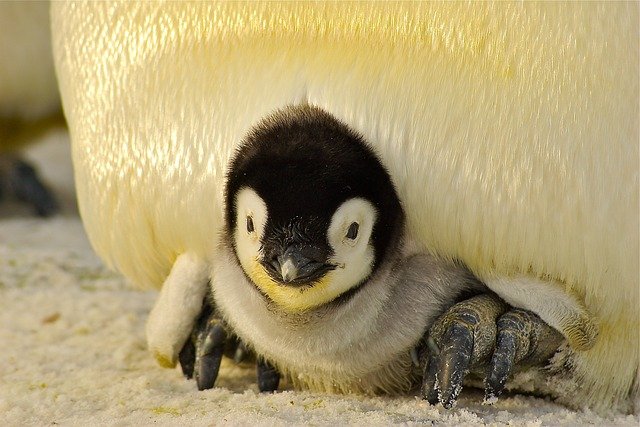
The Social Lives of Penguins: Understanding Their Complex Colony Dynamics
Overview
Penguins are often celebrated for their charming waddles and adorable appearance, but beneath their endearing exterior lies a rich tapestry of social behavior that is both fascinating and complex. This post delves into the intricate social lives of penguins, exploring their colony dynamics, communication methods, and social structures.
The Importance of Colony Life
Penguins are highly social animals that thrive in colonies, which can range from a few dozen individuals to several hundred thousand. These colonies provide numerous benefits, including:
- Protection from Predators: Living in large groups helps penguins deter predators and increase their chances of survival.
- Thermal Regulation: In harsh climates, such as those found in Antarctica, huddling together allows penguins to conserve heat.
- Resource Sharing: Colonies facilitate the sharing of information regarding food sources and nesting sites.
Communication and Social Interactions
Penguins have developed a range of vocalizations and physical displays to communicate with one another. Key aspects of their communication include:
- Vocal Calls: Each species of penguin has distinct calls, and individuals can recognize the calls of their mates and chicks among the cacophony of sounds in a colony.
- Body Language: Penguins use various postures and movements to convey messages, such as bowing, flapping their wings, or preening.
- Social Grooming: This behavior not only helps maintain feathers but also strengthens social bonds between individuals.
Social Hierarchies and Roles
Within penguin colonies, social hierarchies can emerge, influencing breeding and foraging behaviors. Some key roles include:
- Breeding Pairs: Monogamous relationships are common, with pairs often returning to the same nesting site year after year.
- Chick Rearing: Both parents typically share responsibilities in nurturing their young, which fosters cooperation and strengthens pair bonds.
- Dominance Hierarchies: Some individuals may establish dominance over others, influencing access to resources and mating opportunities.
Challenges and Adaptations
While penguin colonies are robust social structures, they face numerous challenges, such as:
- Environmental Changes: Climate change and melting ice can impact breeding grounds and food availability, forcing colonies to adapt.
- Human Interaction: Fishing, tourism, and pollution can disrupt penguin habitats and social dynamics.
Conclusion
The social lives of penguins are a testament to their adaptability and resilience in the face of environmental challenges. Understanding these complex colony dynamics not only enhances our appreciation of these remarkable birds but also underscores the importance of conservation efforts to protect their habitats. As we continue to study penguin behavior, we uncover more about the intricate social structures that define their lives in the wild.
Feel free to share your thoughts or ask questions about penguin social behavior in the comments below!
